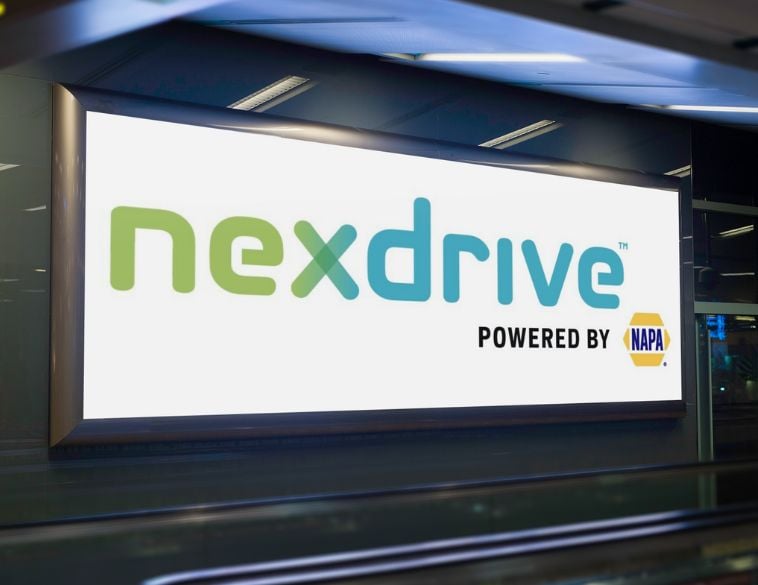When it comes to building an autonomous world, every new system is a building block towards the self-driving cars of the future.
Just as children learn to walk one step at a time, advanced vehicle technologies rely on the development of “building blocks” of different systems that are meshed together, and on updates and improvements as they are made available.
Cadillac recently announced that its Super Cruise hands-free driving system will add 112,000 kilometres of compatible divided highways in Canada and the United States by the fourth quarter of 2019. This will increase the range to more than 320,000 total kilometres of compatible highways.
The company said the increase builds on its combination of LiDAR map data (Light Detection and Ranging, which uses a pulsed laser rather than radar), high-precision GPS, a driver attention system, and a network of camera and radar sensors. Some of the routes will include limited intersections and traffic control devices, but when there are railroad or pedestrian crossings, stoplights, or stop signs, the system alerts the driver to take control.
Customers who have already bought 2018 and 2019 CT6 models will receive these additional map kilometres through an over-the-air update later this year. The updates will also include performance improvements and enhancements to the system’s driver attention system.
Updates are key
These remote updates are key to customer satisfaction and are going to play a major role in the future, allowing automakers to keep existing customers up-to-date instead of only offering enhanced systems on new vehicles as they come off the assembly line. Last year, Cadillac updated the Super Cruise system based on customer feedback, adding extra gauge cluster messages, making it easier to activate the system, and adding an adjustment where the vehicle moves slightly over in its lane when passing large vehicles, adding to driver comfort.
Cadillac’s Super Cruise and Tesla’s Autopilot are among the most sophisticated of the auto-driving systems available today, and other automakers, such as Audi, will be debuting similar features in the near future.
All of these are steps towards autonomous vehicles, but there’s still a long way to go before you’ll be able to sit back and let your car take you to your destination.
Along with the technology that’s required, automakers also have to deal with their customers—from those who can’t wait for their cars to be delivered sans steering wheels, to those who will be leery of handing over control, and all those who are somewhere in between.
Six levels of autonomy
Autonomous driving is divided into six levels by the Society of Automotive Engineers, although as vehicle systems develop, there may be a bit of overlap between them. Level zero is no assistance at all, while Level 1 vehicles can control their speed or steering, such as with adaptive cruise control.
Level 2 is partial automation, in which the car can steer, accelerate, and brake in specific circumstances, but the driver is still primarily in control under most conditions. In Level 3, the vehicle can manage a higher level of autonomy but will prompt the driver to take control if it determines it’s in a situation beyond its capability. The Cadillac and Tesla systems are generally considered at the high end of Level 2 and brushing up into the Level 3 category.
Level 4 vehicles can perform most functions, but the driver will still have to intervene in a smaller number of situations, while Level 5 cars might not even have steering wheels.
A major consideration with high-level autonomous cars is the infrastructure. At the moment, many vehicles have systems that are marketed as driver-assist features, which are fundamentally the building blocks of autonomy. Drivers can take their hands off the steering wheel on the highway when the systems are activated, but it’s discouraged, and most will shut off after several seconds if they detect the driver isn’t holding on.
Reactive versus proactive
Virtually all of them are reacting to input from what’s around them. Primarily, they’re staying between the lane markings, and they’re keeping their distance from the car in front. But to be fully autonomous, they need to be proactive. They need to know when turns and off-ramps are coming up; they have to communicate with traffic signals and signs; they have to drive on roads with worn or snow-covered lane markers; and they must be aware of pedestrians that drivers would see in their peripheral vision, such as those waiting at crosswalks.
To achieve this, they will have to communicate. They’ll have to “talk” to smart traffic lights, to road beacons, to refuelling and recharging stations, and to parking garages. They’ll require vehicle-to-vehicle communication, where they’ll “tell” each other where they are and what they’re doing. All of this technology is already available; what’s going to take the time is funding it, installing it, and getting all the components smoothly integrated.
How customers perceive it all is going to be an issue going forward, for dealers as well as automakers. There’s the question of privacy, and how vital data and critical systems will be protected from hackers. There will be a long integration period as human-driven cars interact with self-driving ones. All of the technology will add to the car’s price, too. There certainly are interesting times ahead for everyone involved.



